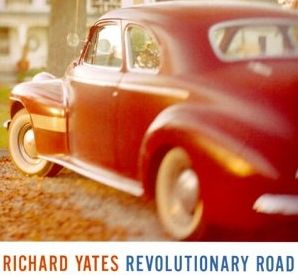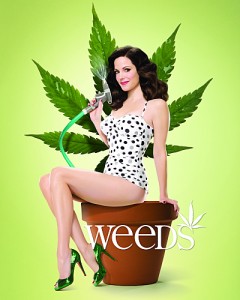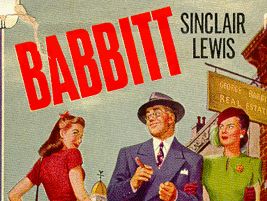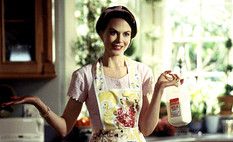 Recently, I read an Associated Press assessment of how the American suburbs are no longer “your father’s suburbs of the 1950s and 1960s” and have become educated communities with vibrant arts scenes, and where Brazilian grocers and Vietnamese nail salons reside joyfully next to one another.
Recently, I read an Associated Press assessment of how the American suburbs are no longer “your father’s suburbs of the 1950s and 1960s” and have become educated communities with vibrant arts scenes, and where Brazilian grocers and Vietnamese nail salons reside joyfully next to one another.
Civic leaders in the city of Shawnee and county of Johnson Kansas are planning a National Museum of Suburban History.
Naturally, this leads to wild speculation. Wise-ass commenters at Gawker provide some of the funniest takes on what this Museum of Suburban History might look like:
- “Au Bon painkillers”
- “The grinning, waving fireman from the beginning of Blue Velvet“
- “The last decent high schools in America”
- And my favorite, “a desk with a guy from Countrywide Mortgage approving 12-year-old museumgoers for $600,000 balloon mortgages.”
I wonder if there is any more juice left in this cultural trope. In order to experience the glee of tearing something down, you need to have something to tear down.
A Very Short List…
In film, American Beauty, The Ice Storm, and Blue Velvet showed how the American suburbs, perfect and placid on the outside, are crumbling and corrupt inside.
In literature, anything from John Cheever, anything from Richard Yates (Revolutionary Road; Easter Parade), The Ice Storm by Rick Moody.
On TV, it’s Desperate Housewives, Weeds, Hung, Breaking Bad, and a countless other shows. Mad Men kills two cultural birds with one stone: the stifling 1950s and stifling suburban life.
Another indictment against this trope–Sinclair Lewis’ novel from 1922, Babbitt–which we will get to in a moment.
Weeds
The promo for the Showtime program sums it all up: actress Mary-Louise Parker dressed in a 1950s-style one-piece bathing suit, pumps, and perfectly made up (evoking the perfectness of the 1950s suburbs)…paired with the evil marijuana leaf! The garden hose neatly connects the two, since it’s both an icon of suburbia (got to keep that lawn watered) and a item for irrigating pot.
Christopher Hitchens mentions how Hollywood has always reverted to this trope–and had much success with it. It’s what he calls the “continued stern disapproval of anything ‘suburban’ by the strategic majority of our country’s intellectuals.”
Hitchens also reminds us of how Tom Lehrer calls “Little Boxes”–the 1962 song by Malvina Reynolds that was used as a Weeds theme–“the most sanctimonious song ever written.”
Can you imagine the sanctimony if “Little Boxes” were sung by Elvis Costello?
From Babbitt to Weeds
Lewis wrote Babbitt in the late ‘teens of the 20th century–right at the intersection of Prohibition and the spread of American suburbs. Lewis devotes many pages to the uniform and mundane suburbs, describing them in close detail, down to the color of the lampshades.
(Two out of every three houses in Floral Heights had before the fireplace a davenport, a mahogany table real or imitation, and a piano lamp or reading-lamp with a shade of yellow or rose silk.)
Right after that, we hear that
(Eight out of every nine Floral Heights houses had a cabinet phonograph.)
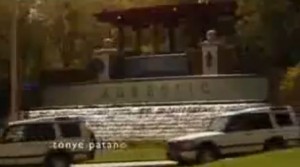
This evokes the opening credits for seasons one and two of the Showtime program Weeds. Identical SUVs file into the fictional community of Agrestic/Magestic (Stevenson Ranch, CA, in real life). Identical men jog in the park. Identical children leave a school bus.
Lee Siegel, in a Wall Street Journal piece called Why Does Hollywood Hate the Suburbs, reminds us that after Sam Mendes directed American Beauty, he boldly explored new territory by directing…Revolutionary Road.
Perhaps, like Mendes, it’s time to move on to other themes, or at least a more complex vision of the American suburbs.
